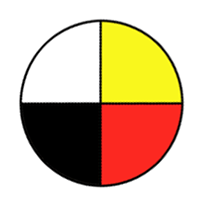Distinguish between pure substances and mixtures (mechanical mixtures and solutions) using the particle model of matter.
SI, CP
| (a) |
Examine a variety of objects and materials, and record qualitative (e.g., colour, texture, and state of matter) and quantitative (e.g., density, melting point, and freezing point) physical properties of those objects in a chart or data table. |
| (b) |
Describe the characteristics of pure substances, mechanical mixtures, and solutions. |
| (c) |
Construct a graphic organizer for the classification of matter that includes mixtures, pure substances, elements, compounds, mechanical mixtures, and solutions. |
| (d) |
Classify common substances (e.g., Kool-Aid, vinegar, bubble bath, soft drinks, juice, chocolate chip cookies, salad dressings, hand lotion, shampoos, tea, bread, soil, and concrete) as pure substances, mechanical mixtures, or solutions. |
| (e) |
Listen to and consider the ideas of classmates when classifying materials as pure substances or mixtures. |
| (f) |
Create mechanical mixtures and solutions using common materials and compare the physical properties of the original materials and the resultant mixture or solution. |
| (g) |
State the four main ideas of the particle model of matter. |
| (h) |
Create models and/or physical representations that depict the nature of particles in pure substances, mechanical mixtures, and solutions according to the particle model of matter. |
| (i) |
Analyze the usefulness of personally constructed representations of particles and the strengths and limitations of models in science generally. |
| (j) |
Generate questions related to differences between mixtures and solutions and rephrase in a testable form (e.g., rephrase a question such as "How sweet is iced tea?" to "What is the most iced tea that can be dissolved in 500 mL of water at 23°C?"). |






